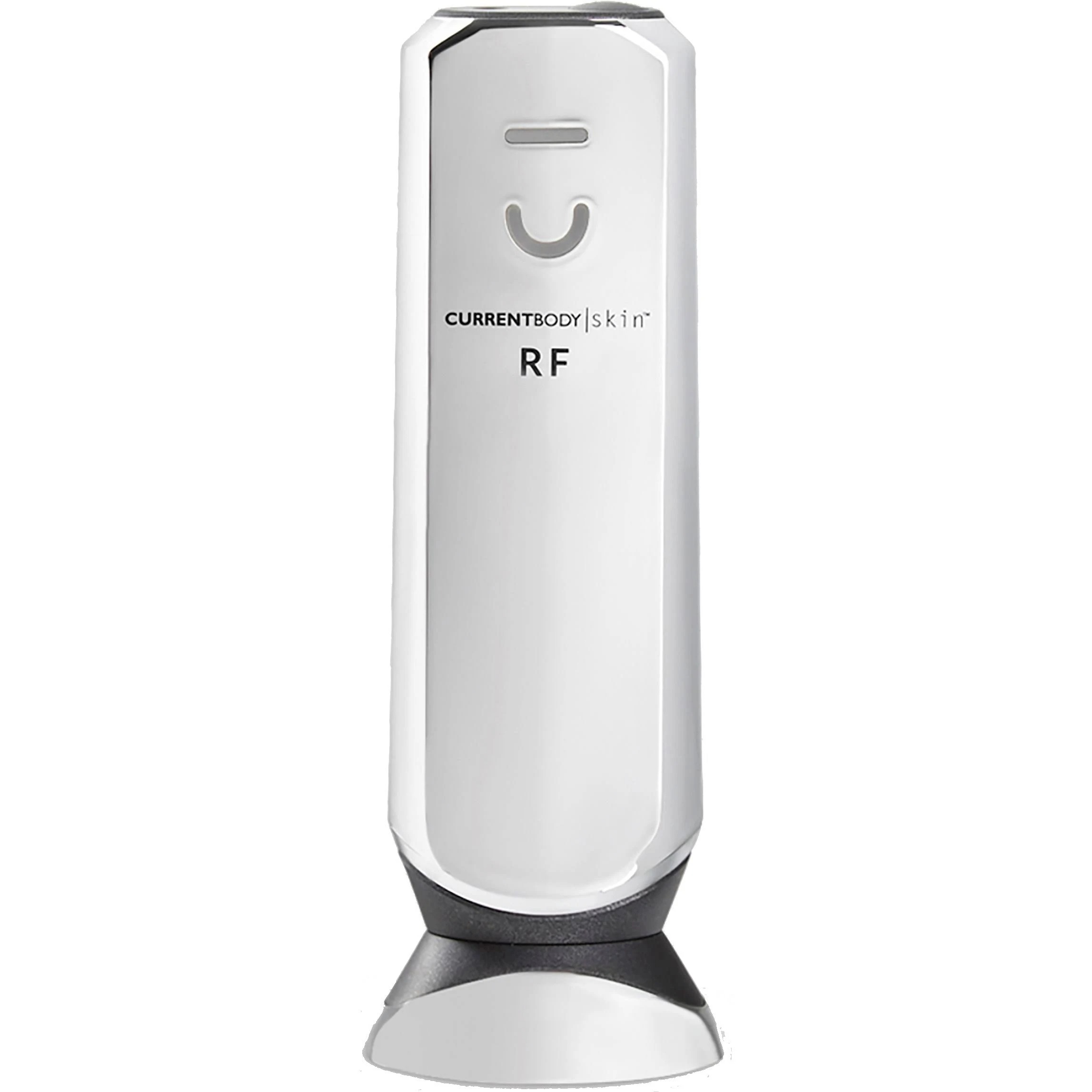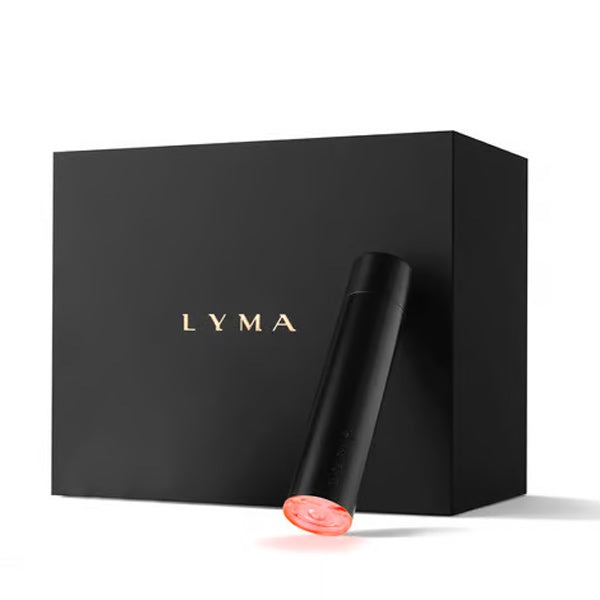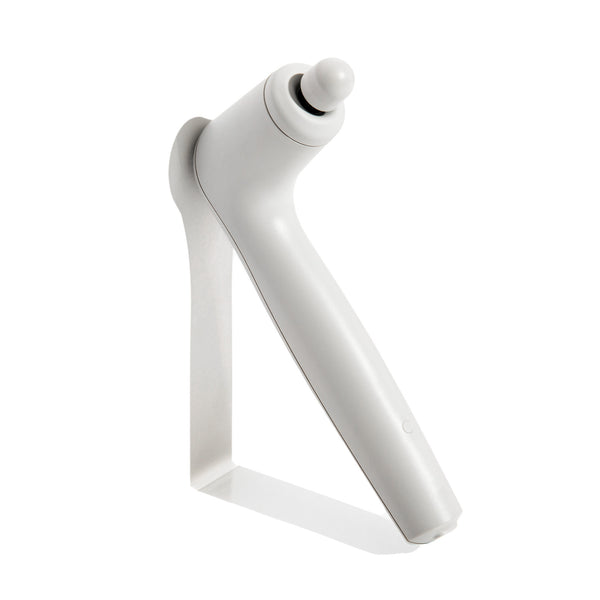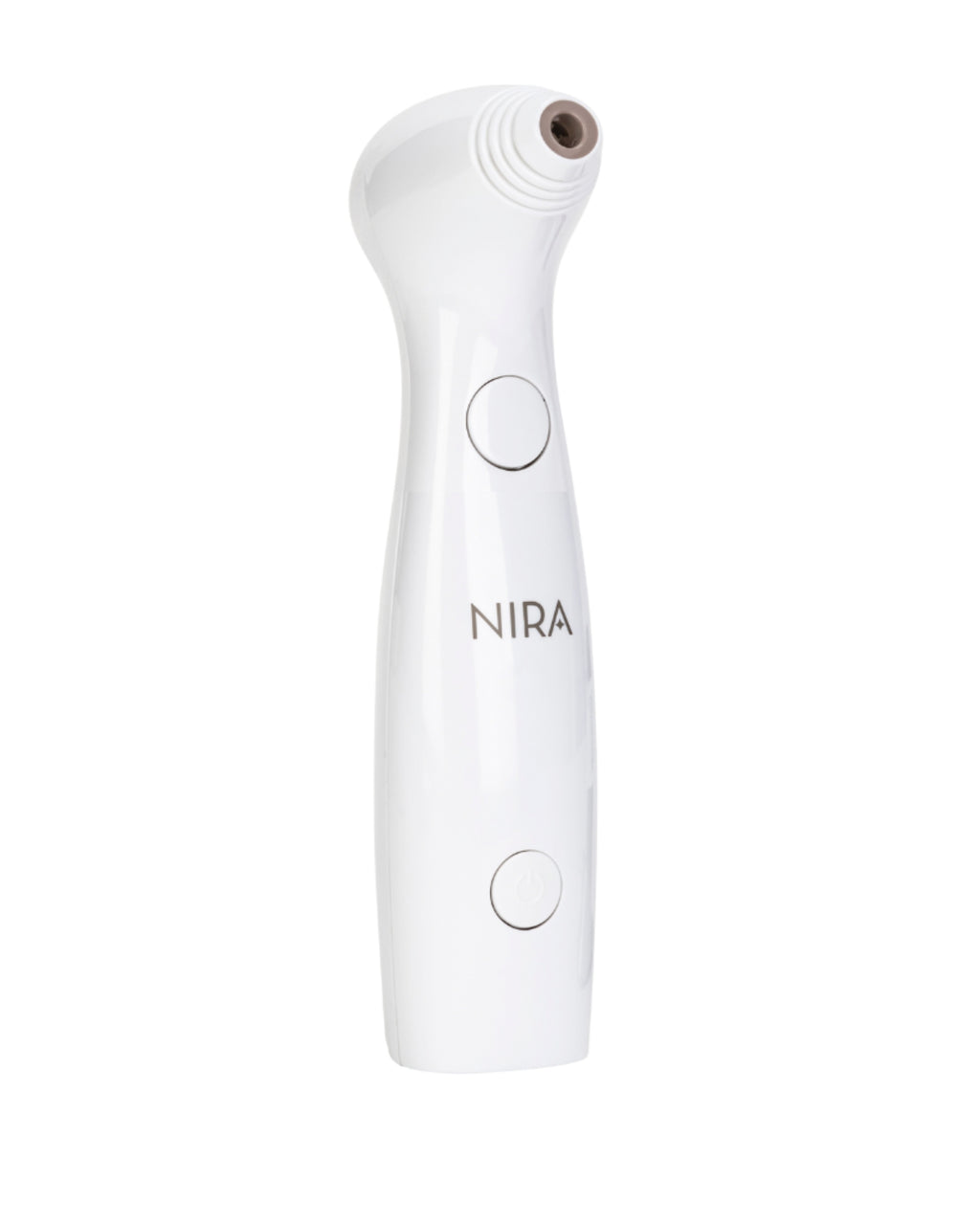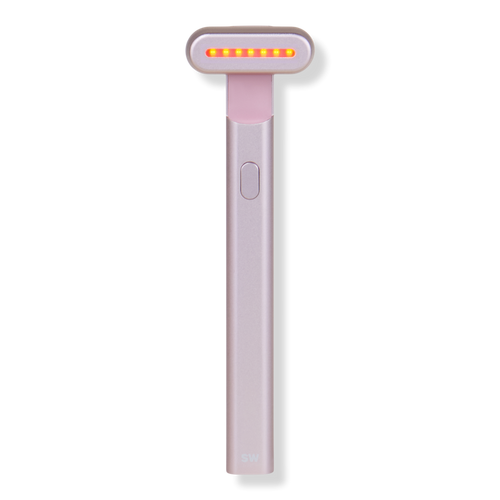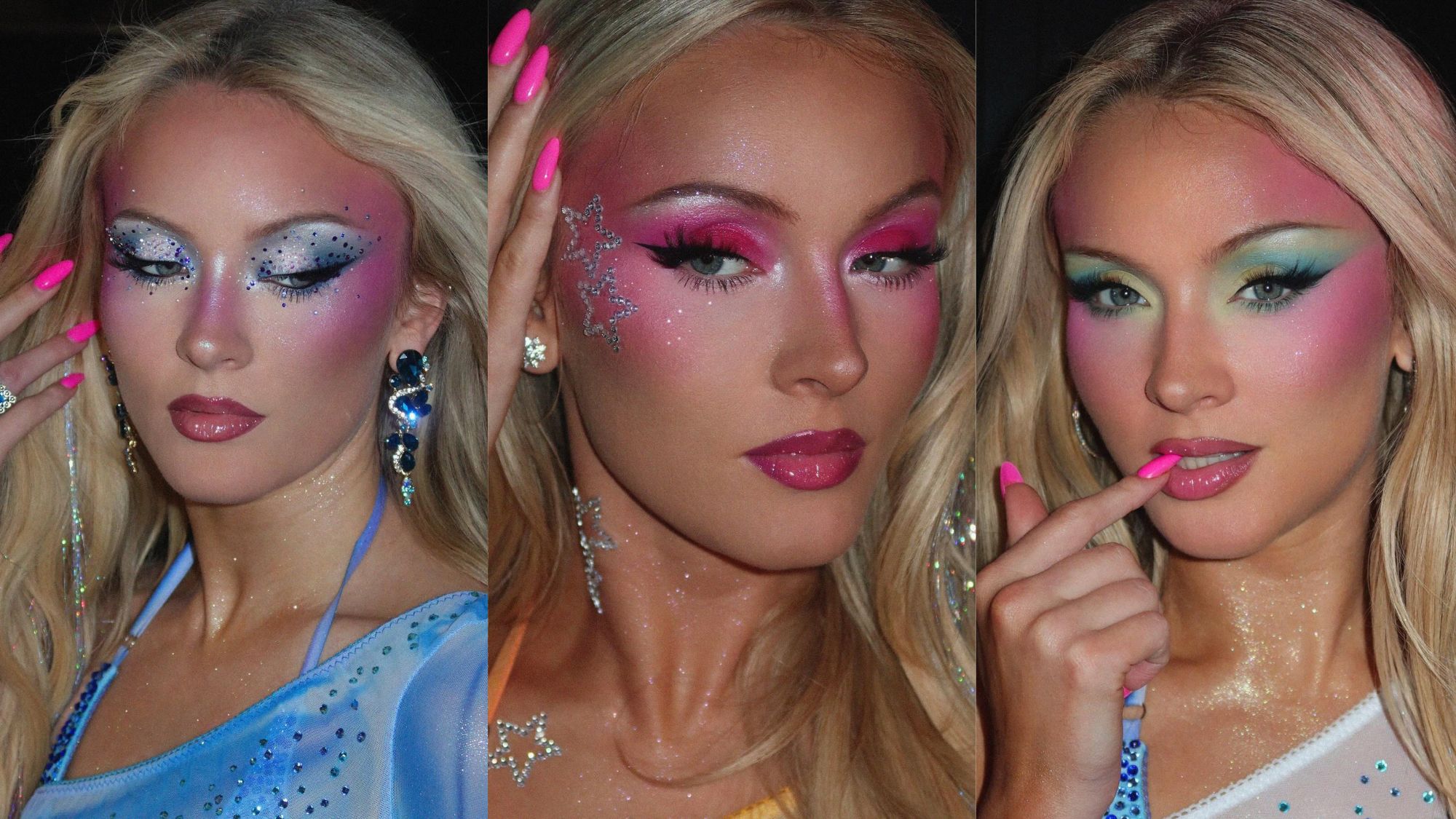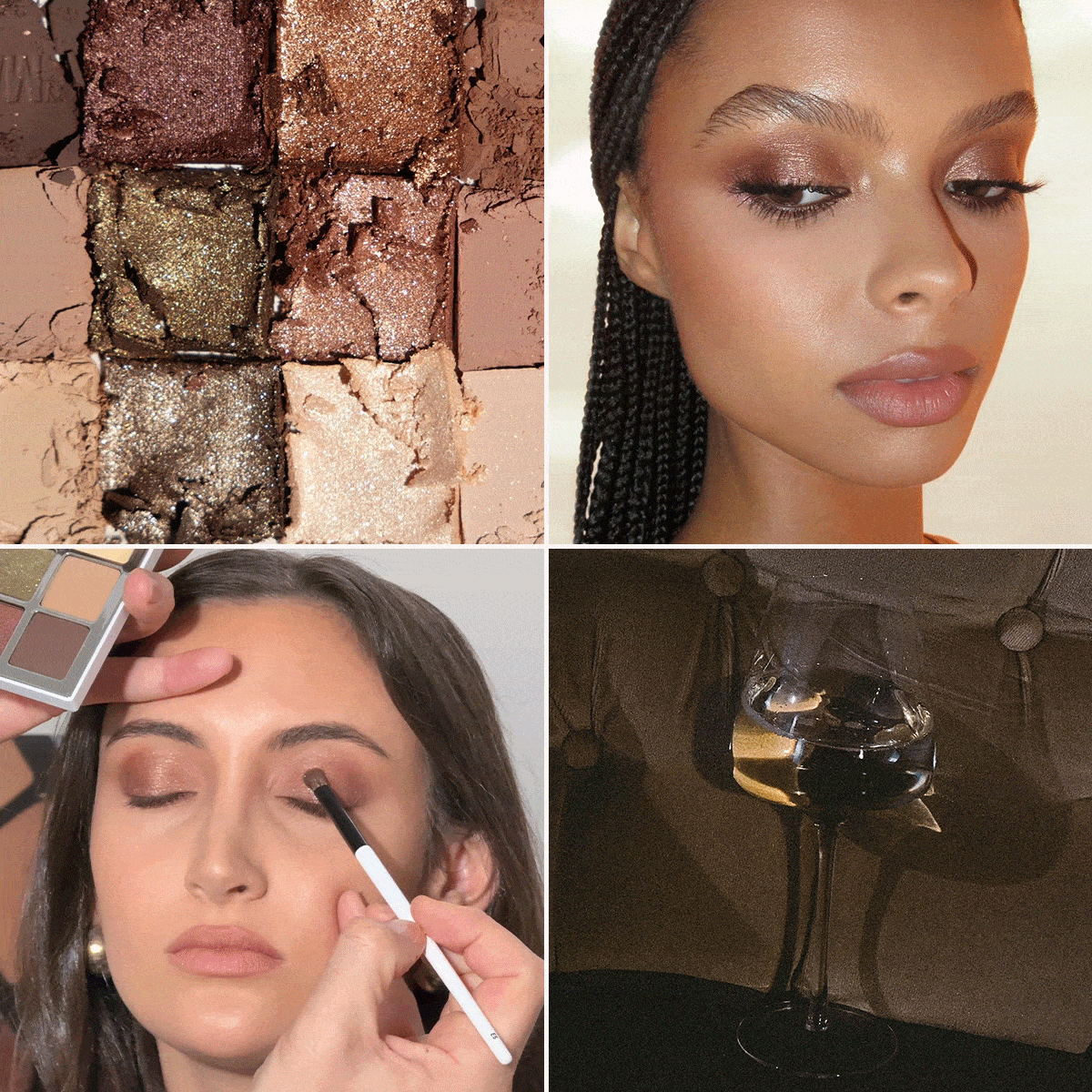Plastic Surgeons and Derms Say These Are the Only Skin-Tightening Treatments That Make a Difference
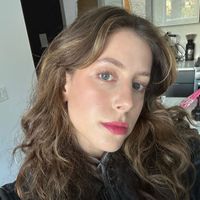
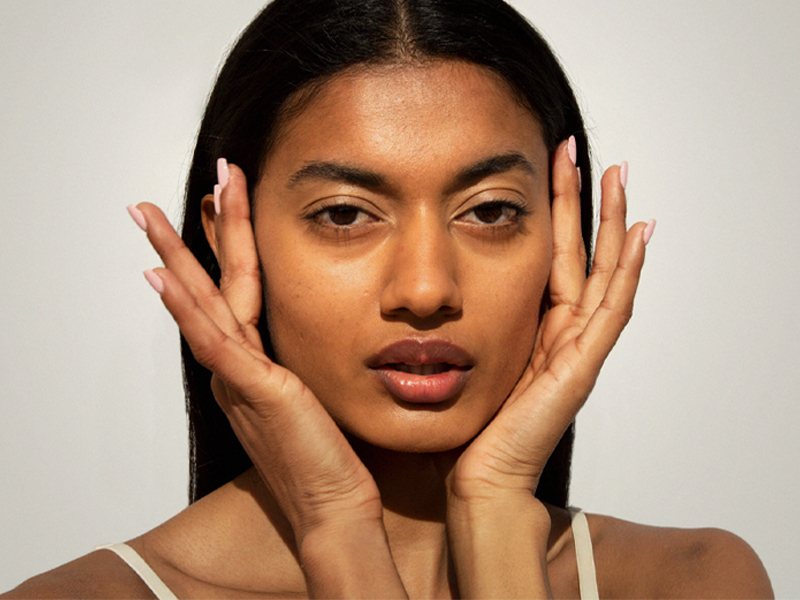
At this point, I can't even count the number of skincare products that promise to miraculously tighten and lift the skin overnight. Some even claim to be a face lift in a bottle, which, in case it isn't obvious, is an extreme exaggeration. Don't get me wrong—a proper skincare routine is crucial for firm, bouncy skin long-term. But if you want to see transformative results on a quicker timeline, you might want to think about taking the in-office route. Experts say it all the time: Periodic professional treatments coupled with daily at-home care is the gold standard for youthful skin.
Which skin-tightening treatments are the best? I'm so glad you asked! I consulted a plastic surgeon, dermatologist, and aesthetic specialist on their favorite noninvasive procedures, and they did not disappoint. Below, find a full menu of skin-tightening services with all the details you need to know before you book.
1. Lasers
"Laser treatments, including Fraxel and pico lasers, utilize focused light energy to create controlled micro-injuries in the skin," says triple board-certified facial plastic and reconstructive surgeon Ramtin Kassir, MD, founder of Kassir Plastic Surgery and Inside Beauty Spa. "This process stimulates collagen production and promotes skin tightening." It's also great for treating discoloration, be it from dark spots, scars, or broken capillaries.
Different types of laser treatments will give you slightly different results. For example, aesthetic specialist Lisa Goodman, founder of GoodSkin Clinics, says Fraxel is great for smoothing texture and fading scars, while IPL is known for balancing skin pigmentation. Your provider will know which laser to use based on your skin type and concerns.
Ideal Candidate
"Laser treatments are ideal for individuals seeking to address fine lines, wrinkles, and moderate skin laxity," Kassir notes. If you have a darker skin tone, both Kassir and board-certified dermatologist Jessie Cheung, MD, stress the importance of consulting a provider who has experience in treating melanin-rich skin, as the laser energy can pose the risk of permanent pigmentation changes.
Downtime
"Depending on the type of laser and energy settings, you can have a single successful treatment with downtime or a series of treatments with minimal downtime," says Cheung. Fraxel lasers usually require a few days to a week of downtime, while side effects from pico lasers typically fade within a day or two. Generally, three days to a week is what you can expect.
Side Effects
Post-treatment, you may experience redness, swelling, and peeling. You may also notice your skin taking on a rough, sandpaper-like quality. That's totally normal as the skin regenerates and should subside in a few days.
"In rare cases, particularly with more aggressive treatments, there is a risk of scarring and long-term changes in skin texture," says Kassir. Again, he stresses the importance of seeing a professional who understands your skin type and concerns.
Cost
It varies depending on the laser you book, the size of the treatment area, and the individual provider, but generally, you can expect to shell out at least $1500 per session.
Number of Treatments
You can expect smoother, tighter, brighter skin after just one session, and Cheung says you'll see peak results after six weeks. "Results are typically noticeable after a few sessions, with full effects developing over several months as collagen continues to build up in the treated areas," notes Kassir.
2. Radiofrequency
Radiofrequency also uses energy to heat the deeper layers of the skin. This, in turn, stimulates the production of collagen, the protein responsible for firm and taut skin, without any needles or incisions. As a result, skin appears smoother and tighter with less wrinkles. Different treatments rely on radiofrequency technology (such as Morpheus8 and Emface), so you can think of radiofrequency as an umbrella term for heating the deeper skin tissue.
Ideal Candidate
"Radiofrequency is bulk heating for skin tightening and fat melting, and [it's] usually safe for all skin types who want to avoid invasive treatments such as surgery or liposuction," says Cheung.
Downtime
Kassir, Cheung, and Goodman all agree that downtime is very minimal. "Patients might experience slight redness or swelling, which typically resolves within a few hours to a day," Kassir adds.
Side Effects
Other than some temporary redness and swelling, there aren't many side effects to keep in mind—so long as you book with a reputable provider. "Improper use or overuse of radiofrequency treatments can potentially cause burns or unwanted fat loss. Improper use could lead to asymmetry," Kassir adds. We repeat: An experienced professional is a must.
Cost
Radiofrequency can range from $500 to $2000 per session, depending on the size of the treatment area.
Number of Treatments
The more treatments you complete, the more optimal your results will be. Just make sure you don't overdo it, as Kassir warned above. That said, you'll start to notice some gradual skin tightening after six weeks and improved results over several months.
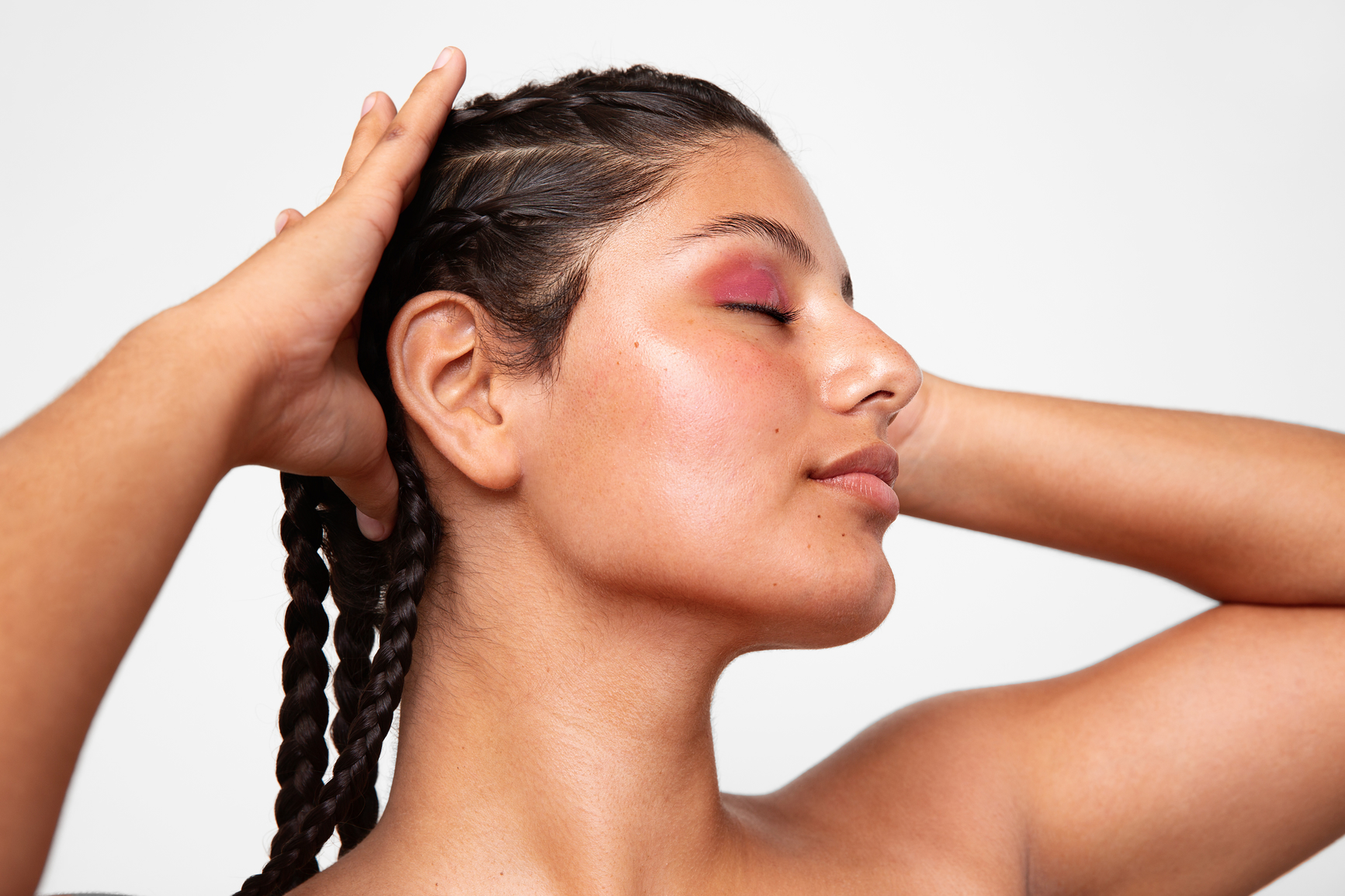
3. Emface
Emface, and the body treatment equivalent Emsculpt, utilizes electromagnetic energy combined with radiofrequency to stimulate muscle contractions to tone and lift the skin. Essentially, it's like an intense workout for your face. The electromagnetic energy called HIFEM—which stands for high-intensity focused electromagnetic technology—contracts the muscles in your forehead, cheeks, chin, etc., while the radiofrequency heats up the skin tissue and stimulates collagen repair. The result? Sculpted features and tighter, firmer skin.
Ideal Candidate
Anyone! "It's safe for all skin types, with no downtime and no discomfort," notes Cheung. You might want to consult your doctor if you have any metal implants, as those can potentially interfere with the electromagnetic energy, but generally, it's a great starter treatment for those interested in noninvasive skin procedures.
Downtime
Emface requires no downtime—what a dream! "Patients can resume their normal activities immediately after treatment," notes Kassir.
Side Effects
That said, you may notice some mild discomfort in the treatment area following your appointment, but it shouldn't be too painful. Imagine your muscles feeling sore after a particularly intense gym session. Your facial muscles are quite delicate, and the electromagnetic energy really puts them to work.
Cost
"The cost per session ranges from $750 to $1500, with multiple sessions often recommended for optimal results," says Kassir.
Number of Treatments
"Skin-tightening results are typically seen after six weeks, and some patients may notice changes to the muscles even after a single treatment," says Cheung. That said, you'll see more visible, longer-lasting results with more treatments. It's just like exercise in that regard.
4. Micro-Needling
During micro-needling treatment, a skincare professional uses ultra-fine needles to prick your skin. This creates micro-injuries that kick your skin's wound-healing response into gear, causing a rush of collagen and elastin production that results in tighter, smoother, brighter skin. The pros often enhance this treatment by applying serums or platelet-rich plasma (PRP) immediately after, as your pores are especially primed to accept all those delicious, skin-improving actives. "Micro-needling with PRP (platelet-rich plasma that stimulates healing and regeneration of soft tissue) is scientifically proven to make tissue brighter and younger," notes Goodman.
At-home micro-needling tools do exist (these are called derma-rollers), but these are far gentler than the in-office devices. Professional tools contain precise needles that are able to penetrate at "MD depth" to help improve texture and soften fine lines, says Goodman. Still, you'll want to proceed with caution if you do have a derma-roller at home—you can tear the skin if you aren't careful.
Ideal Candidate
According to Goodman, micro-needling is best for those looking for mild resurfacing of the skin, namely those struggling with textured skin and scarring.
Downtime
Goodman says three to five days of downtime is typical. It may sound counterintuitive, but the more intense micro-needling tools (i.e., in a professional setting) may actually result in less downtime. "The better micro-needling devices will require less downtime by decreasing tissue drag and more precise needle placement, so you should just be red and a little puffy after treatment," notes Cheung.
Side Effects
Some redness and swelling is common, but that should subside in a few days. A word to the wise: You can run the risk of infection if you use an unsterilized tool. After all, your pores are wide open and very welcoming to whatever you apply next on your skin, be it active serums or bacteria. All the more reason to see a reputable provider!
Cost
It's on the more affordable side, relatively speaking. According to Kassir, micro-needling treatments often range from $200 to $700 per session. Although, if you add PRP, that number can shoot up to $1500.
Number of Treatments
You'll see peak results over a few weeks to months as your collagen regenerates, Kassir says. Usually, providers will recommend more than one treatment; they'll likely put you on a personalized plan with maintenance appointments once a year after your series of treatments.
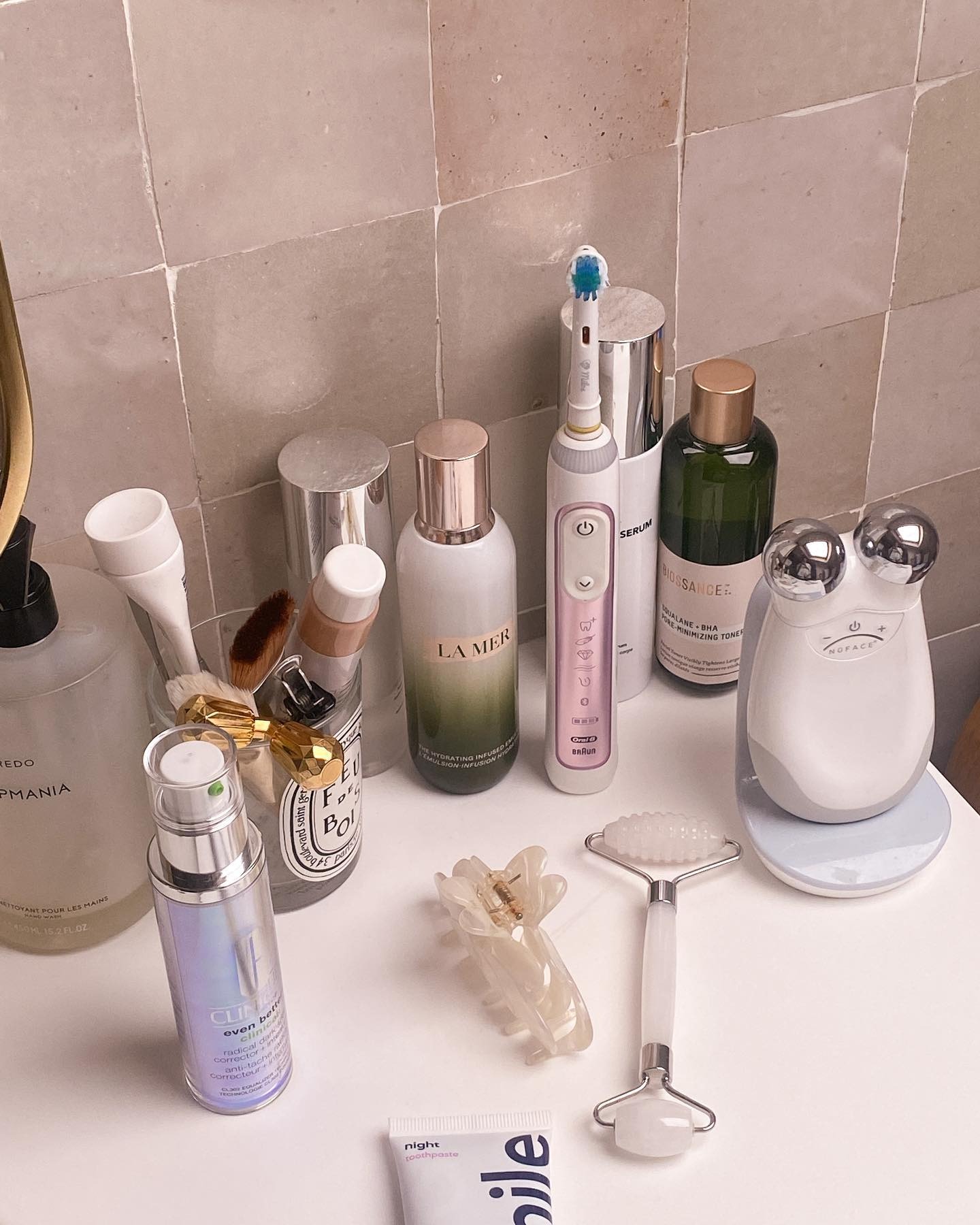
5. Morpheus8
Essentially, Morpheus8 is the combination of micro-needling and radiofrequency. The needles themselves deliver radiofrequency energy into the skin for precise heating, and this paired with the wound-healing response from the micro-needling leads to more enhanced skin tightening. According to Goodman, the treatment not only tightens and lifts tissue but also improves texture, fine lines, and pore size.
Ideal Candidate
"Morpheus8 is ideal for individuals with moderate skin laxity, fine lines, and wrinkles who are seeking a more intensive treatment," says Kassir. Of all the noninvasive skin-tightening treatments on this list, this one is among the most spicy, so it's best for those prepared for that intensity.
Downtime
"It is an older generation of radiofrequency micro-needling technology, so there is some downtime with scabbing and crusting," says Cheung. Still, it shouldn't last more than a few days to a week.
Side Effects
As Cheung mentioned, you might experience a rough quality to your skin as it heals. You may also experience redness, swelling, and bruising post-treatment, but again, that all should subside in about a week.
Cost
It's a heavier investment: Morpheus8 typically costs between $1500 and $3500 per session, notes Kassir, but it can vary depending on the size of the area being treated.
Number of Treatments
"Patients often see tighter, smoother skin after a few treatments, with continued improvement over several months as collagen production increases," Kassir adds. You'll see results after one treatment, but providers typically recommend up to four to maximize the benefits.
6. Sofwave
"Sofwave is a focused ultrasound device that treats one specific depth in the skin for skin tightening and lifting," says Cheung. "It's similar to the gold-standard skin-lifting ultrasound device, Ultherapy, which requires more time and skill to use due to its ability to ultrasonically visualize and treat multiple depths in the skin." (Hang tight—we'll discuss Ultherapy in just a moment.) It's similar to radiofrequency, in that it heats up the deeper layer of skin, stimulating collagen production. Instead of radiofrequency energy, however, Sofwave relies on ultrasound energy.
Ideal Candidate
Sofwave is great for all skin types, assures Cheung, but it's best for those with mild to moderate skin laxity (aka sagging).
Downtime
The downtime is pretty minimal. "Some patients might experience slight redness or swelling for a few hours post-treatment," notes Kassir.
Side Effects
Some people report feeling discomfort during the treatment as the ultrasound energy heats up the deeper layer of skin tissue. Aside from that, though, the side effects are pretty light—some redness or swelling immediately following the treatment, for instance.
Cost
You can expect to drop around $1500 to $3500 per Sofwave session, according to Kassir, and this will vary depending on the treatment area.
Number of Treatments
"Results can be seen in two to three months," says Cheung. You only need one session to see those benefits, and the effect is gradual. You'll start to see your skin looking tighter as your collagen naturally regenerates. That said, multiple treatments can speed the process along, especially if your skin has more laxity. Providers can determine on a case-by-case basis whether you can benefit from more than one procedure.
7. Ultherapy
Finally, we have Ultherapy. Similar to Sofwave, the treatment uses ultrasound energy to penetrate the muscle tissue and tighten the skin. The difference? Ultherapy can treat multiple layers of the skin instead of just one specific depth. We have a full guide to Ultherapy here if you're interested in learning more about the sophisticated technology, but for now, know that board-certified plastic surgeon Jennifer Levine, MD, considers it the "best way to nonsurgically lift and tighten the skin."
Ideal Candidate
Like Sofwave, Ultherapy can suit every skin type, and the best candidate is someone with moderate skin laxity—those with very severe sagging won't notice miraculous results from the noninvasive treatment. Experts say pregnant women should steer clear as well as those with gold allergies and those on immunosuppressant medications.
Downtime
There is minimal to no downtime with Ultherapy. The treatment itself may come with discomfort, but you can resume your daily activities immediately after the procedure.
Side Effects
It's not painful, but you may experience discomfort during the actual energy delivery. Providers do typically apply a numbing cream to help with that discomfort, and they may even offer Pro-Nox (aka laughing gas) if you have a lower pain tolerance. You may experience redness, swelling, tenderness, and bruising right after the procedure, but that all should subside within a few hours.
Cost
Another spendy investment, this treatment can cost anywhere from $1500 to $4500 depending on your provider and treatment area.
Number of Treatments
You only need one Ultherapy session to see results, which gradually occur over a few months as your collagen regenerates. The more collagen decline you've experienced, the longer it can take to work and the more treatments you may need to notice results. The pros will determine that on an individual basis. According to experts, you really only need one treatment per year once you're happy with how it turns out.
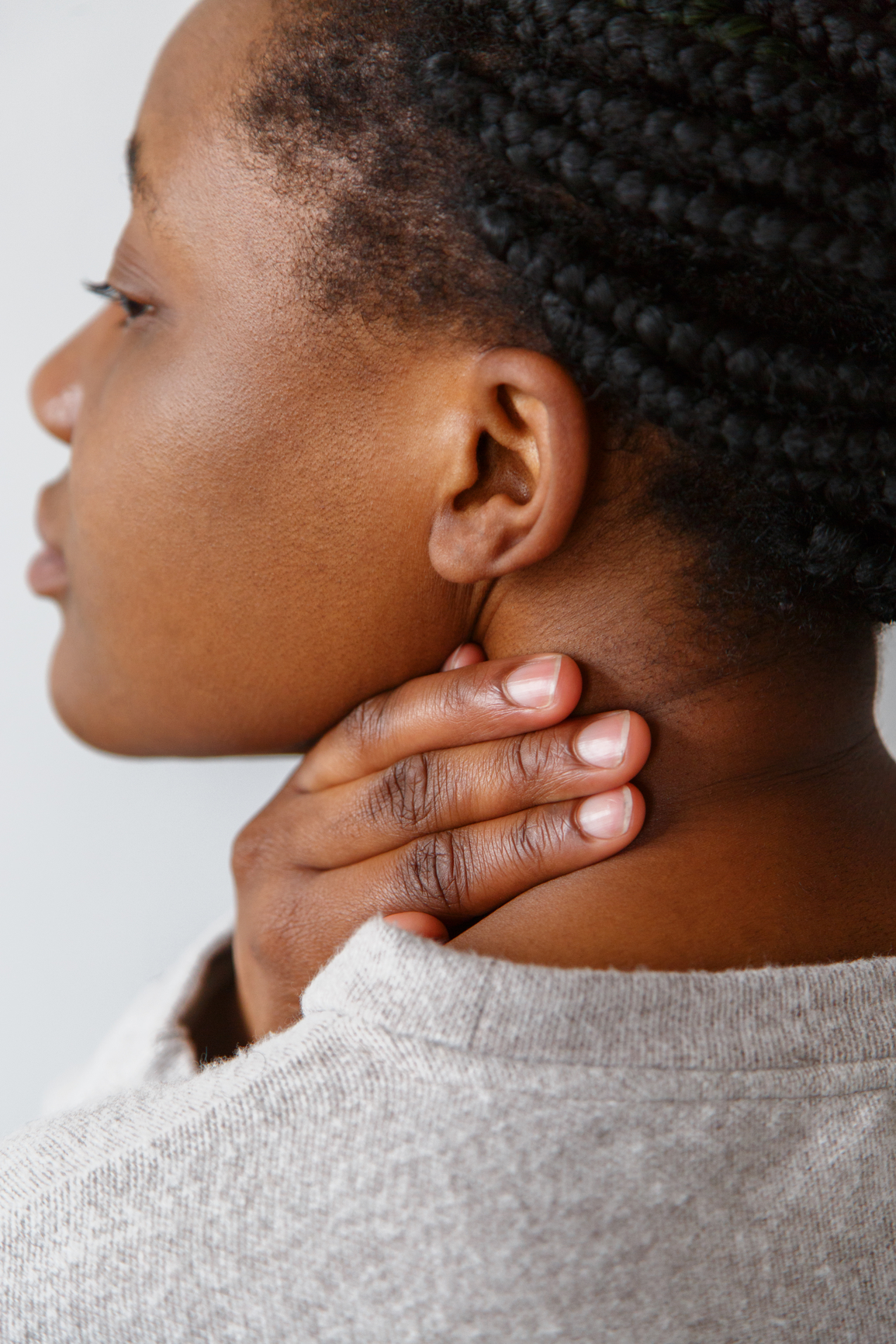
FAQ
How do I choose a skin-tightening treatment?
A proper consultation is key. There isn't one skin-tightening treatment that's necessarily "better" than another—it's all about finding the right one for you, based on your skin type, concerns, goals, and lifestyle.
During the initial conversation, a provider may ask you, What are your ultimate skin goals? What's your budget? How's your pain tolerance? What type of maintenance are you comfortable committing to? All of these questions can help them point you to the perfect treatment plan. Someone looking for a one-and-done procedure might be better off booking Sofwave or Ultherapy, whereas someone with a lower pain tolerance might want to start with Emface or radiofrequency.
All that to say, don't brush off the initial consultation. "Ensure you have realistic expectations and a thorough understanding of the treatment process," Kassir adds.
Can you really tighten crêpey skin?
"Yes, crêpey skin can be tightened with treatments like laser resurfacing, radiofrequency, and micro-needling, all of which stimulate collagen production to improve skin elasticity," says Kassir. That said, these noninvasive treatments can only do so much; they work best for mild to moderate crêpiness. If you have severe sagging or super-thin skin, you might not see results as quickly or, in some cases, even at all.
Can you tighten a saggy neck without surgery?
You can—to a degree! "Nonsurgical options like radiofrequency, ultrasound therapy, and injectable treatments can effectively tighten a saggy neck, offering noticeable improvements without the need for surgery," says Kassir. Cheung also mentions thread lifts to reposition the skin, plus lasers and biostimulators to improve skin quality.
"However, it is all dependent on the correct technique and ensuring that proper assessment is done, as it needs to be done on a patient who will respond well, which not everyone will," caveats Goodman. Not to beat a dead horse, but it's important to have realistic expectations here.
Can at-home devices tighten the skin?
Yes, at-home beauty tools can lift and tighten the skin to an extent. "While some at-home devices can help maintain results, they are generally less powerful than professional treatments," notes Kassir.
Take micro-needling, for example: You can totally snag a derma-roller for at-home use, but professional-grade tools have more precise needles that penetrate the skin at MD depth, which means you may need to invest less time to achieve the results you want. With at-home tools, "you need to be very patient to see results, but any little bit of skin tightening is better than none!" Cheung adds. If you do purchase an at-home device, make sure you actually commit to it, as these are long-term investments.
That being said, these devices are great for helping you maintain results in between appointments. "For long-term success, combining at-home care with periodic professional treatments offers the best outcomes," adds Kassir. You can find our favorite skin-tightening beauty tools here, and below, we've included some special highlights for long-term lift.
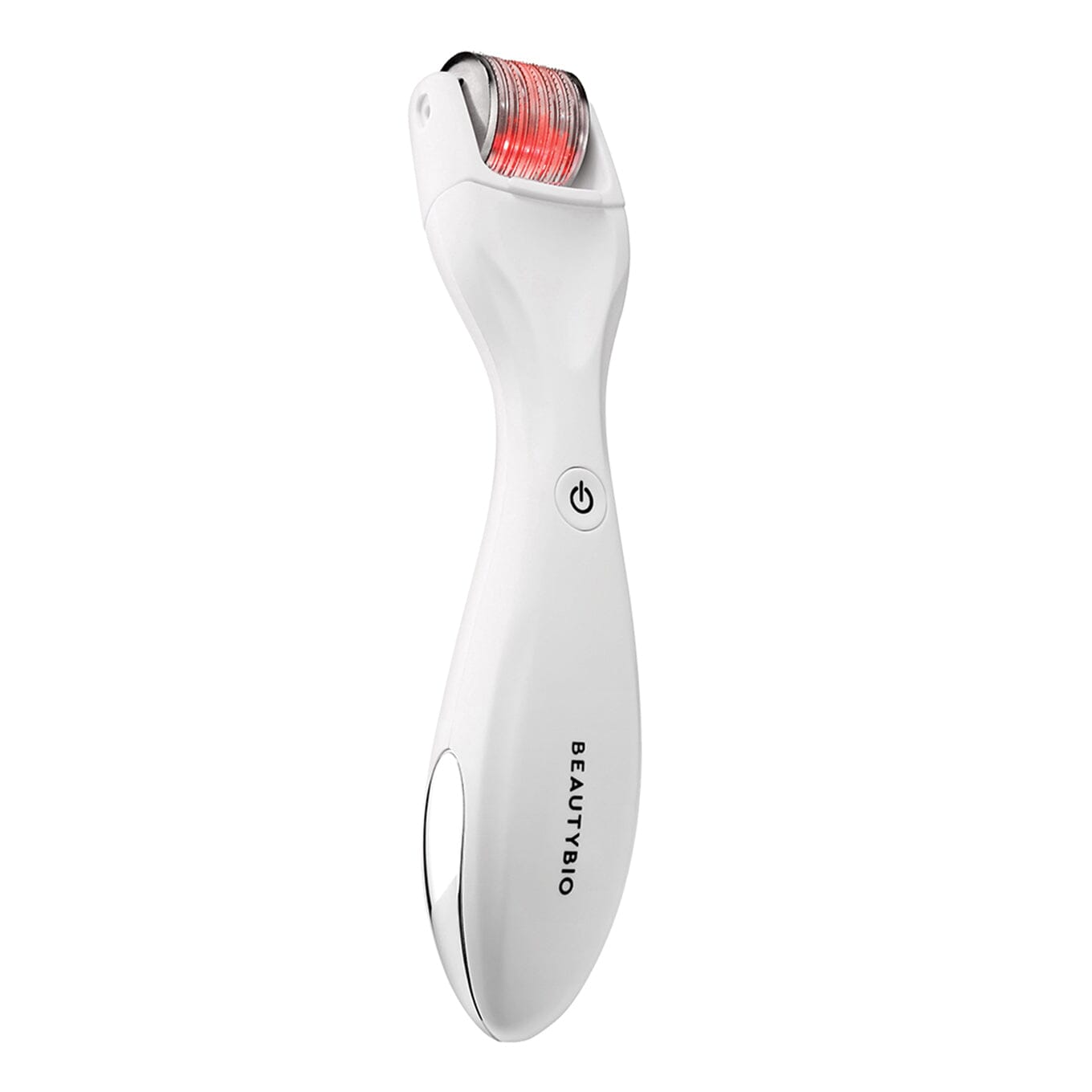
If you are going to try your hand at at-home micro-needling, do your skin a favor and commit to this high-quality, patented tool. Just 60 seconds is all it takes for those needles to penetrate the skin, stimulate collagen, and prime your complexion for juicy, skin-plumping serums.
This article was published at an earlier date and has since been updated.

Jamie Schneider is Who What Wear’s senior beauty editor based in New York City. With over seven years in the industry, she specializes in trend forecasting, covering everything from innovative fragrance launches to need-to-know makeup tutorials to celebrity profiles. She graduated from the University of Michigan with a B.A. in Organizational Studies and English before moving to NYC, and her work has appeared in MindBodyGreen, Coveteur, and more. When she’s not writing or testing the latest beauty finds, Jamie loves scouting vintage boutiques and reading thrillers, and she’s always down for a park picnic in Brooklyn.
-
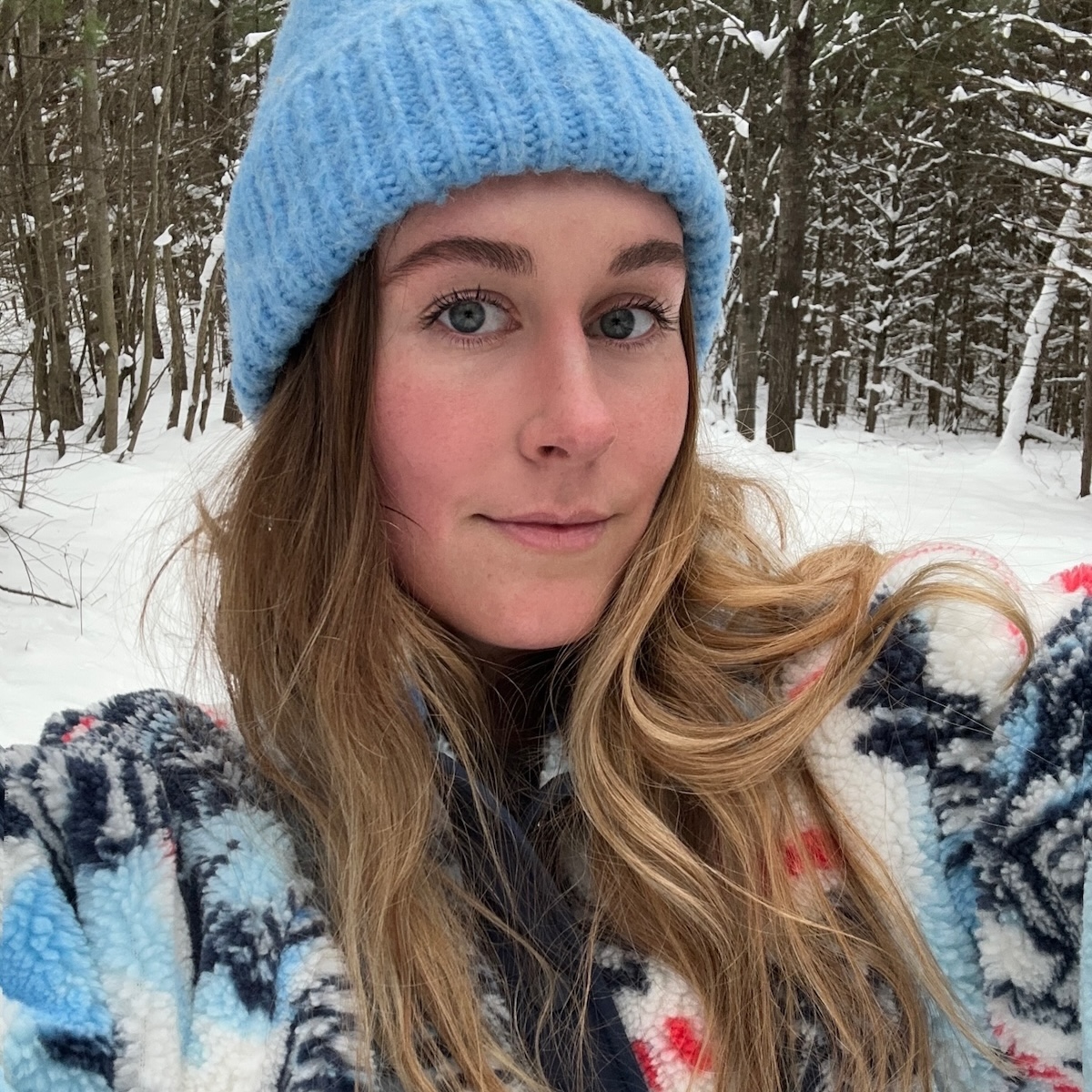 I Live in the Midwest—30 Practical (and Stylish!) Fashion, Beauty, and Lifestyle Items I'm Eyeing for Winter
I Live in the Midwest—30 Practical (and Stylish!) Fashion, Beauty, and Lifestyle Items I'm Eyeing for WinterFrom tried-and-true boots to glow-boosting barrier creams and beyond.
-
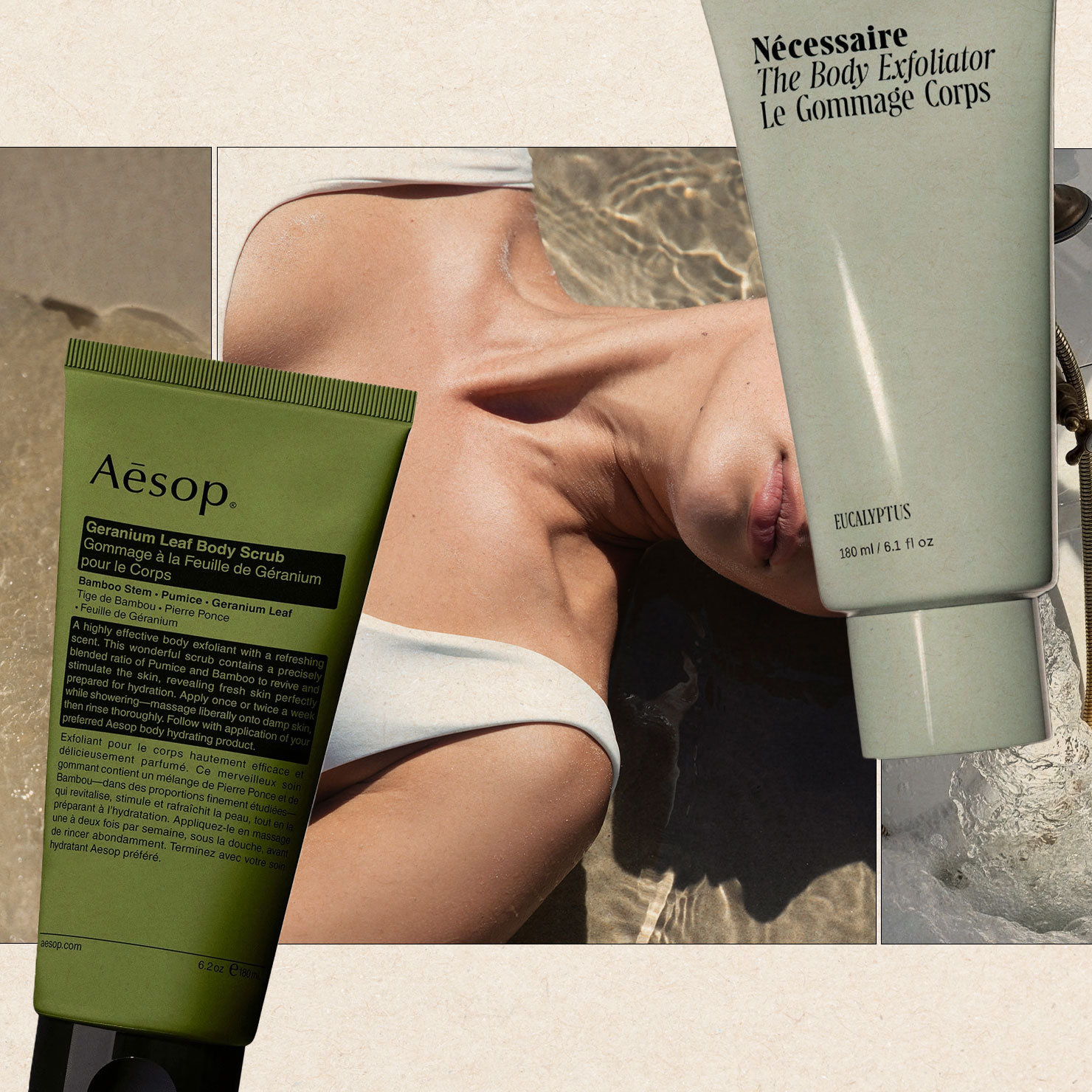 Editors and Derms Agree: These Body Scrubs Will Have You Feeling Like a Straight-Up Seal
Editors and Derms Agree: These Body Scrubs Will Have You Feeling Like a Straight-Up SealSmoother skin, coming right up.
-
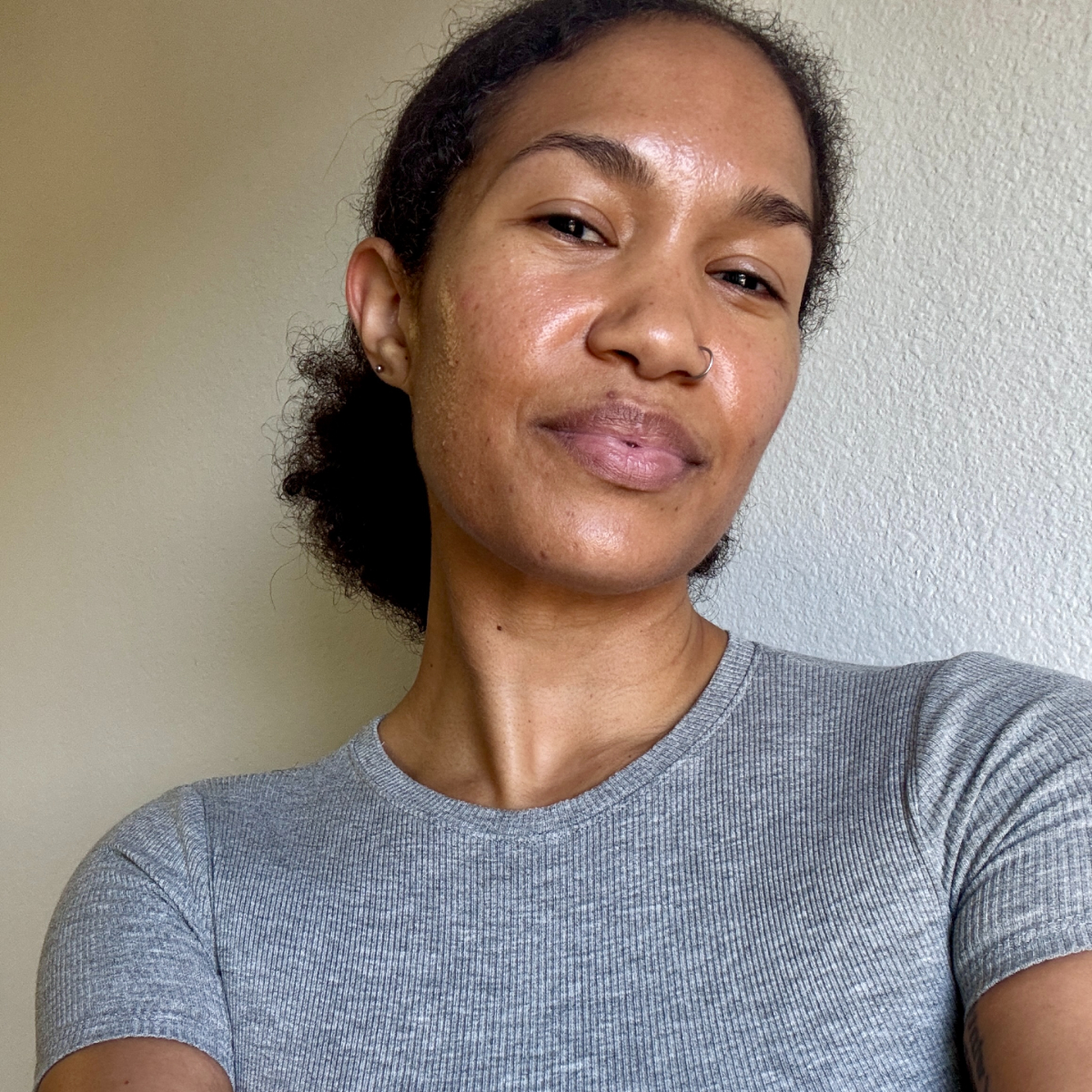 I've Tried a Lot of Treatments—This Is the Only One That's Truly Transformed My Damaged, Acne-Prone Skin
I've Tried a Lot of Treatments—This Is the Only One That's Truly Transformed My Damaged, Acne-Prone SkinIt changed my skin for the better.
-
 My Ridiculously Cool Aunt Has the Best Beauty Recs—16 Nordstrom Finds We're Both Shopping on Cyber Monday
My Ridiculously Cool Aunt Has the Best Beauty Recs—16 Nordstrom Finds We're Both Shopping on Cyber MondayDeals on Dyson, Tom Ford, and Jo Malone from $17.
-
 I Thought I Was Done Shopping, But Then I Saw Sephora's Cyber Monday Sale—15 Deep Discounts I Just Can't Skip
I Thought I Was Done Shopping, But Then I Saw Sephora's Cyber Monday Sale—15 Deep Discounts I Just Can't SkipSome items are up to 50% off.
-
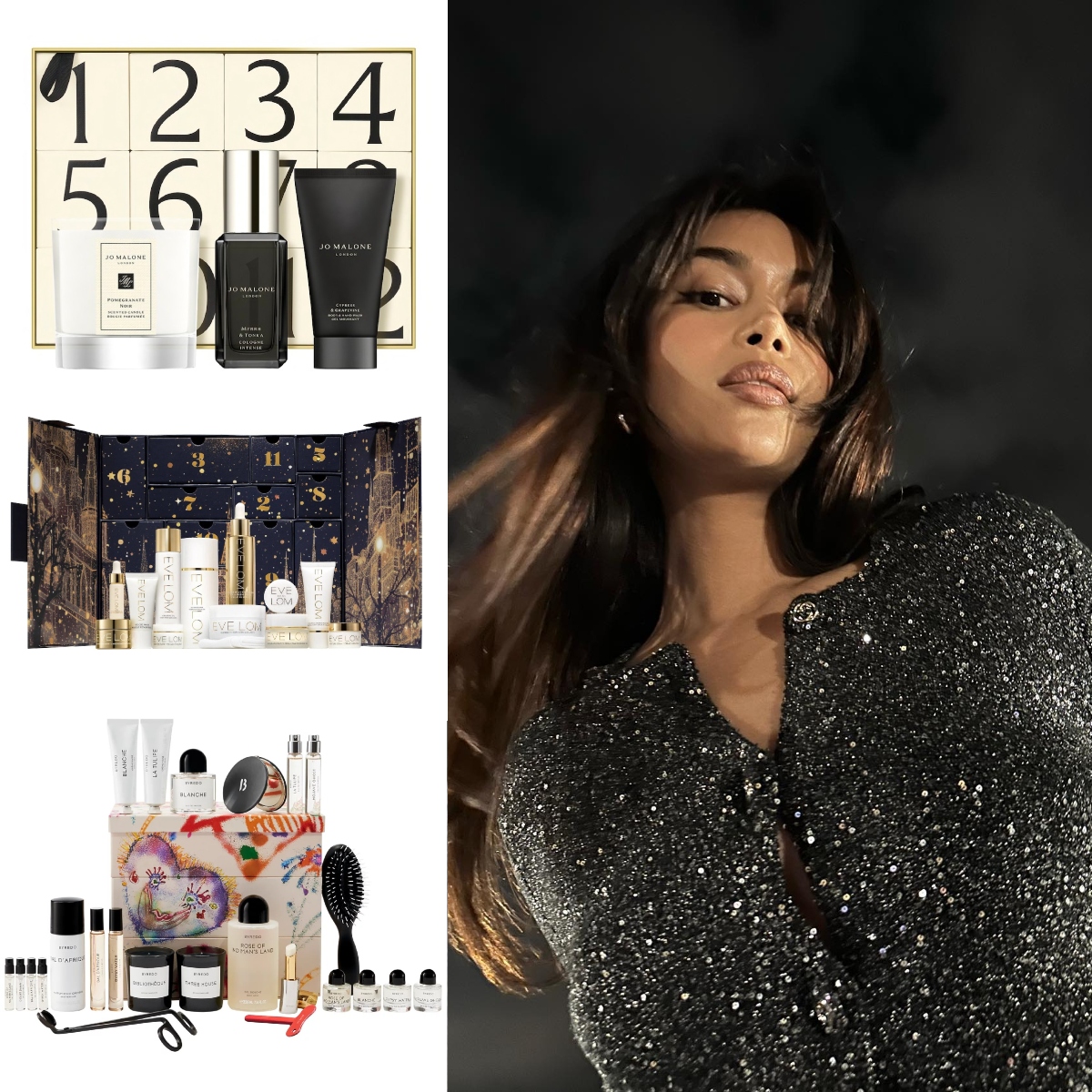 All the 2025 Beauty Advent Calendars Have Officially Hit the Market—Here Are the Only 20 I Recommend Buying
All the 2025 Beauty Advent Calendars Have Officially Hit the Market—Here Are the Only 20 I Recommend BuyingThese are too good to miss.
-
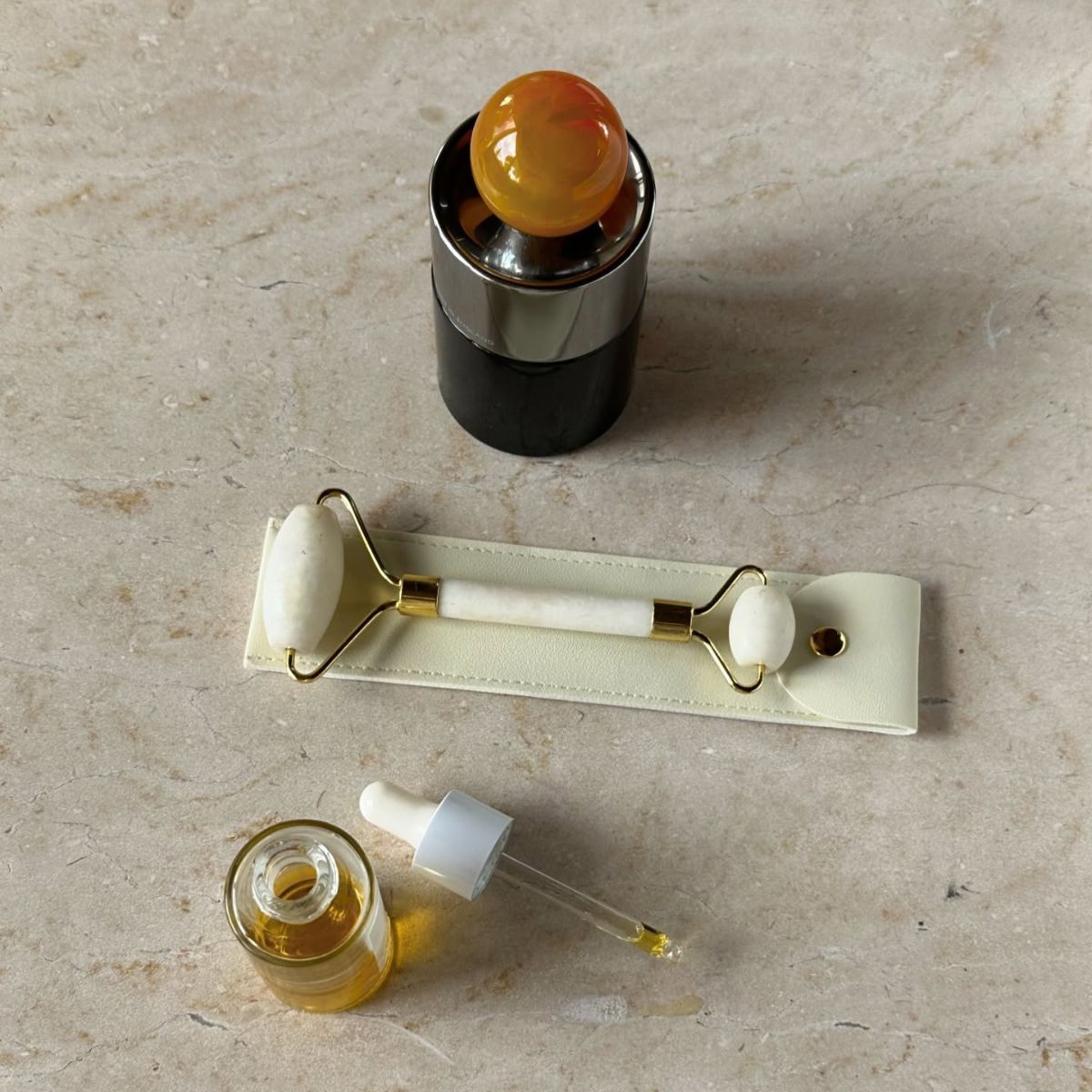 My Mom (53) and I (25) Pored Over Dermstore's Black Friday Sale—16 Items We Both Instantly Added to Cart
My Mom (53) and I (25) Pored Over Dermstore's Black Friday Sale—16 Items We Both Instantly Added to CartDeals on at-home lasers, French beauty, and more saved us $1049.
-
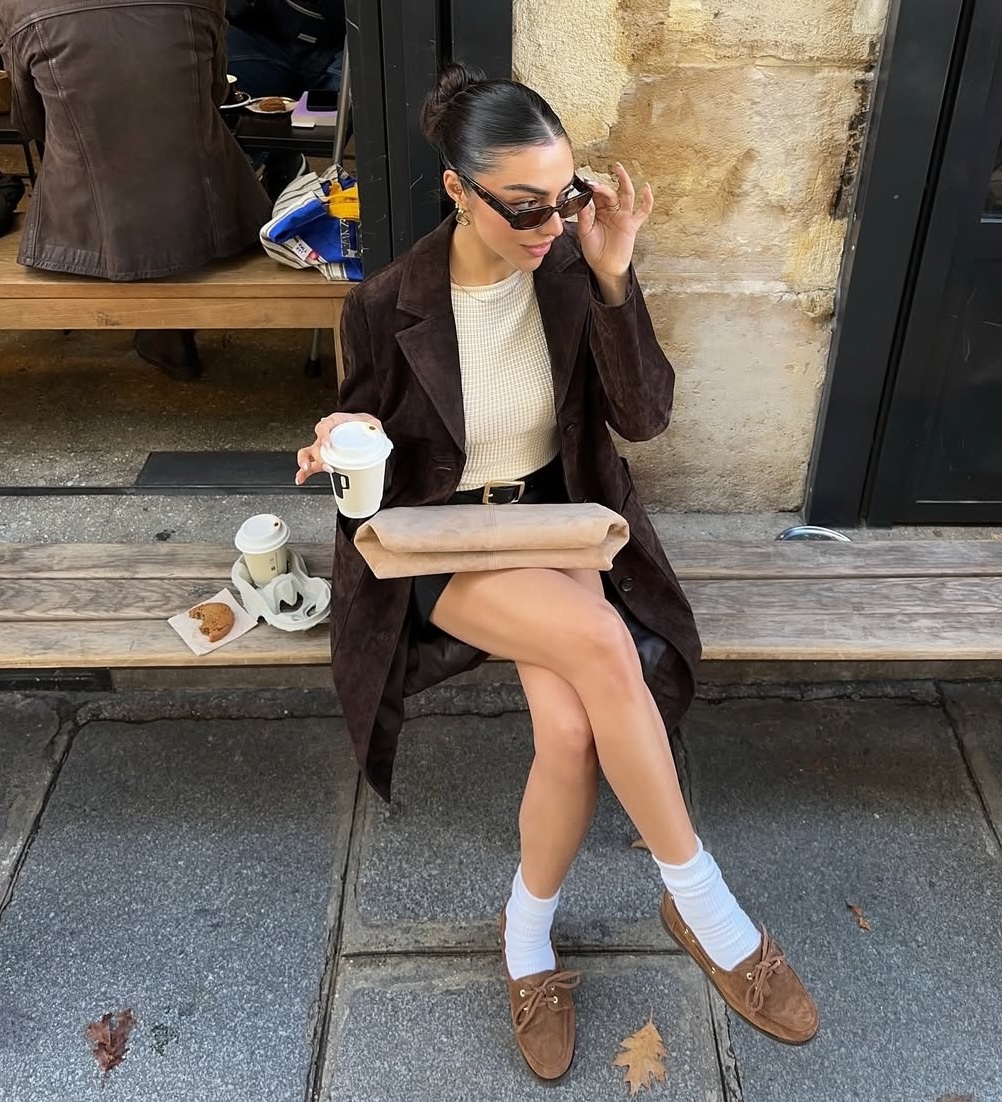 Behold: A Beauty Editor's Guide to the Best Black Friday Deals—the 43 Sales *Actually* Worth Shopping
Behold: A Beauty Editor's Guide to the Best Black Friday Deals—the 43 Sales *Actually* Worth ShoppingYour complete guide. (Thank me later.)

